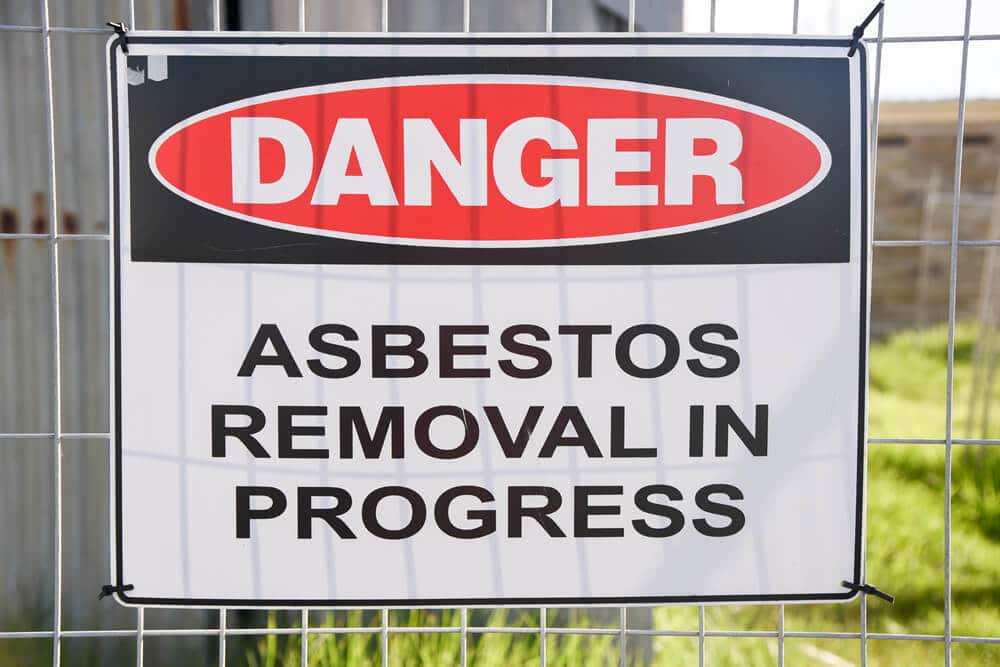Military Veterans and Exposure to Asbestos
The men and women who valiantly served in our armed forces throughout the years faced many dangers on battlefields across the globe. But, many military veterans were also unknowingly exposed to other dangers that would threaten their lives decades after their service to the country ended. Exposure to asbestos is one such danger that military veterans encountered that has led to life-threatening illness among those who sacrificed so much for their fellow countrymen.
The Dangers of Asbestos Exposure
Asbestos is a naturally occurring mineral made up of microscopic bundles of fibers. When these fibers are knit together, they can act as thermal insulation and as fire-retardant. It provides efficient resistance to heat, fire, water, chemicals, and electricity.
It is when these microscopic bundles of fibers become airborne that they get dangerous. In asbestos-containing materials that are frayed, peeling, or crumbling apart asbestos becomes a hazard as tiny asbestos fibers become airborne. Once airborne, people can inhale or ingest the fibers, which can become lodged in the lining of the lungs or other organs. Over time, between 10 to 50 years, the trapped fibers can do damage to the lungs or organs, which could cause asbestos-related diseases such as:
- Asbestosis (chronic lung disease)
- Lung Cancer
- Mesothelioma (rare cancer of the lining of the lungs or abdominal cavity)
- Bronchus cancer
- Gastrointestinal cancer
- Larynx cancer
- Pharynx cancer
- Urogenital cancers (except prostate)
- Pleural Plaques (scarring surface of the rib cage on lungs that hinders breathing)
- Pleural effusion (fluid buildup between the lungs and chest)
How the Military Used Asbestos
From the 1930s through the 1980s, the American military used asbestos-containing materials rampantly in the construction of its bases and the building and maintenance of things such as ships, aircraft, and vehicles. It was readily available, steady to work with, and inexpensive. Those qualities added to its insulation and fire resistance capabilities made it an ideal building material. In military bases of all branches across the nation, asbestos-containing materials were used in the construction of office buildings, homes, barracks, hangers, etc. Asbestos was an ingredient in these building materials:
- Acoustical tiles
- Cement powder additives
- Fireproofing material
- Floor tiles
- Glue
- Insulation
- Paint
- Pipes
- Roofing shingles
- Sealant
- Wallboard
During this time, the American military also used asbestos-containing materials in the construction and maintenance of ships, airplanes, and vehicles. The military used asbestos-containing materials in:
- Boilers
- Brakes
- Cockpit heating systems
- Engine heat shields
- Gaskets
- Valves
All branches of the military used asbestos-containing materials heavily at that time. Here’s a look at where and how each branch used such material:
- Navy in shipyards, boiler rooms, and submarines
- Army in building barracks, shipyards, demolition, and construction
- Marine Corps in armored vehicles, barracks, ships, and aircraft
- Air Force in air force bases, airplanes, jets, and aircraft maintenance
- Coast Guard exposure inside ships, on ship decks, and in boiler rooms
Military Veterans Affected by Asbestos Exposure
According to the Department of Veterans Affairs, those most at risk for asbestos exposure include:
- Veterans who worked in shipyards from the 1930s through the 1990s
- Veterans who served on ships whose keels were laid before 1983
- Veterans who worked below ship and boat decks before the early 1990s since asbestos was most often used below the deck and ventilation was generally poor
- Veterans who worked with, handled, damaged, or disturbed any materials that contained asbestos
- Veterans involved in the renovation of asbestos-containing structures or the removal of asbestos materials
- Veterans who worked as pipefitters, welders, boiler operators, building renovation, and demolition workers in any branch of the military before the mid-1990s
- Veterans’ loved ones are at risk for secondary asbestos exposure from service members who worked in asbestos-contaminated environments bringing asbestos fibers home on their bodies, clothing, and shoes.
Help for Military Veterans Exposed to Asbestos
If you are a military veteran and believe you were exposed to asbestos, you may qualify for benefits. Veterans may file a claim for disability compensation for lung problems that they believe are related to exposure to asbestos during military service. According to the U.S. Department of Veterans Affairs, these benefits are available as VA health care and compensation. Also, you could be eligible to receive compensation from various manufacturers or contractors responsible for asbestos exposure.
To receive compensation from either source, you will need to prove your asbestos exposure and that it caused your illness through medical and military service records. As a veteran-owned law firm, Brock & Stout understands the sacrifices you and your family made in service to our country and wants to do all we can to help you get the compensation you need and deserve. Contact us for free evaluation let us see if our family can help you and your family.

